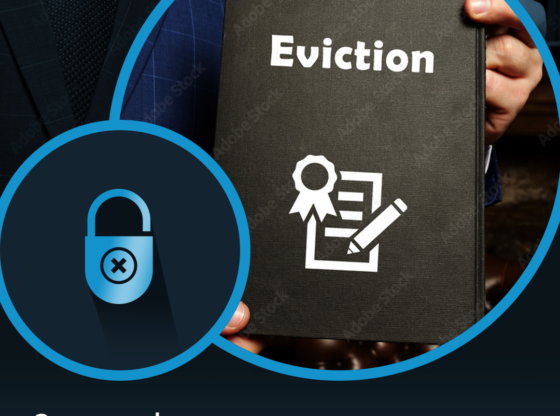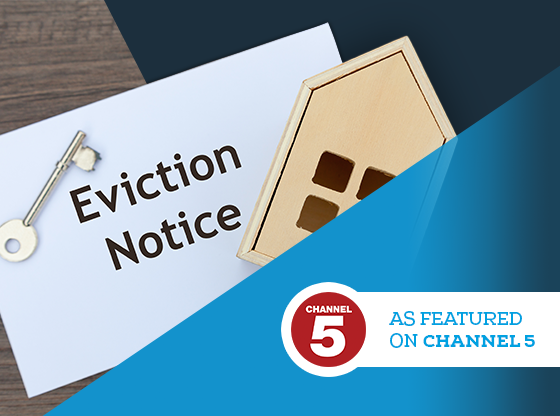Many will be familiar with a landlords s.11 of the Landlord and Tenant Act 1985 repairing obligations landlords have. The Homes (Fitness for Human Habitation) Bill amends the Landlord and Tenant Act 1985. In determining whether a house or dwelling is unfit for human habitation regard will be given to:
- repair,
- stability,
- freedom from damp,
- internal arrangement,
- natural lighting,
- ventilation,
- water supply,
- drainage and sanitary conveniences,
- facilities for preparation and cooking of food and for the disposal of waste water; and
- in relation to a dwelling in England, any prescribed hazard.
Prescribed hazard” refers to hazard set out in Schedule 1 of The Housing Health and Safety Rating System (England) Regulations 2005 which are:
- Damp and mould growth
- Excess Cold
- Excess heat
- Asbestos and MMF
- Biocides
- Carbon monoxide and fuel combustion products
- Lead
- Radiation
- Uncombusted fuel gas
- Volatile organic compounds
- Crowding and space
- Entry by intruders
- Lighting
- Noise
- Domestic hygiene, pests and refuse
- Food safety (inadequate provisions)
- Personal hygiene, sanitation and drainage
- Water supply
- Falls (baths, between levels, level surfaces and stairs)
- Electrical hazards
- Fire
- Flames, hot surfaces etc
- Collision and entrapment
- Explosions
- Position and operability of amenities etc.
- Structural collapse and falling elements
Exemptions
However, the Bill does propose exemptions to the fit for habitation condition which are:
- A tenant’s failure to use the dwelling in a tenant-like manner; and
- As a result of a natural disaster e.g. a flood
- The landlord is not obligated to maintain or repair anything the tenant is entitled to remove from the dwelling
- The landlord is not obligated to carry out works or repairs which, if carried out, would put the landlord in breach of any obligation imposed by any enactment (whenever passed or made) – this would include things like breaching planning permission, or listed building consent, or conservation area requirements.
- Where the needed works require the consent of a third party (eg, a superior landlord or freeholder, a neighbouring leaseholder or owner, or a council) and the landlord has made reasonable endeavours to get that consent, but it has not been given.
How far does the obligation extend?
The obligation extends to the dwelling, and, if the dwelling forms part of a building (a flat in a block, or a room in an HMO), the obligation extends to all parts of the building in which the landlord has an estate or interest (s.9A(6)). This exactly parallels s.11(1A) L&TA 1985. So, where a landlord owns a block of flats, the tenant has a cause of action where unfitness arises from the common parts, or the retained parts (eg, the outside walls, the windows, the roof).
Notice and access
S.9A(7) and (8) imply a covenant by the tenant that the landlord, or a person authorised by the landlord may enter the dwelling for the purpose of viewing its condition and state of repair, at reasonable hours of the day, on 24 hours written notice.
There are no express provisions in the Act about the requirement for a tenant to give notice of a defect to the landlord. We expect, as do other legal professionals, that the same common law notice requirements will apply.
For any unfitness within the dwelling (or to a house, if the whole house let), the landlord’s liability to the tenant will not start until the landlord has had notice of the unfitness (from the tenant or third party) and the landlord has had a reasonable period to rectify the unfitness. – O’Brien v Robinson [1973] UKHL 1, [1973] AC 912 .
For any unfitness arising from the landlord’s retained parts (common parts or exterior of a building of which the dwelling is part), the landlord will be deemed to be on notice as soon as the unfitness arises, and liable after a reasonable time to remedy the defects has passed. – Kumarasamy v Edwards [2016] UKSC 40.
Tenancies to which the Act applies
The Act comes into force on 20 March 2019 and will apply to new tenancies commencing on or after 20 March 2019 (of less than 7 years) and renewal of an existing tenancy from which commences on or after 20 March 2019.
The Act will also apply to a tenancy which was a fixed term tenancy and becomes periodic on or after 20 March 2019. Where the tenancy has become periodic before 20 March 2019, the Act will apply to the periodic tenancy 12 months from commencement (20 March 2020).
The Act applies to any lease under which a dwelling is let wholly or mainly for human habitation for a term of less than 7 years and certain secure tenancies found in. For exceptions refer to section 14 Landlord and Tenant Act 1985.
Sanctions for Non-compliance
Where a landlord fails in their duty to keep the property fit for human habitation we expect the same consequences will apply. Tenants will have the right to apply for an injunction to compel the landlords to carry out works and or claim damages for the failure to keep the property in repair.











